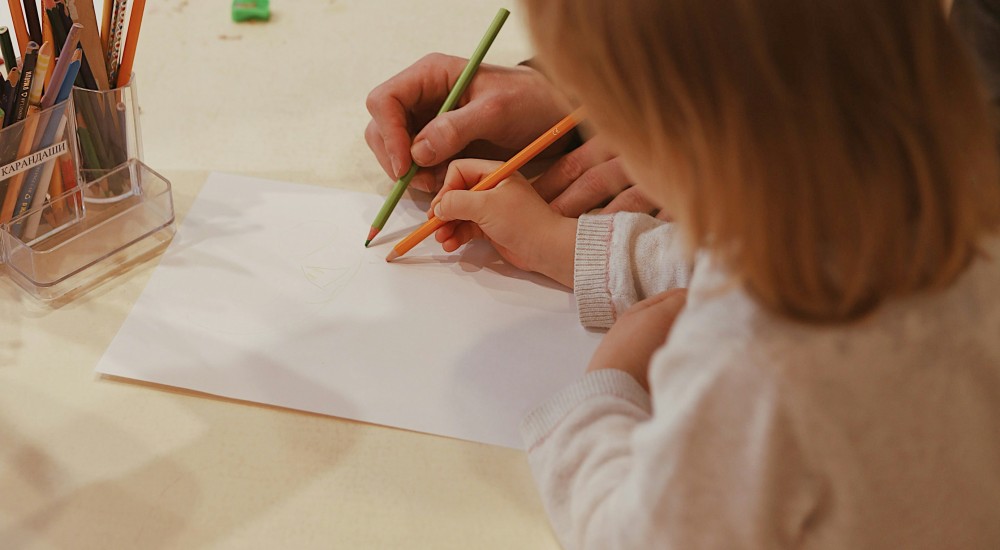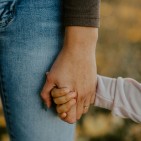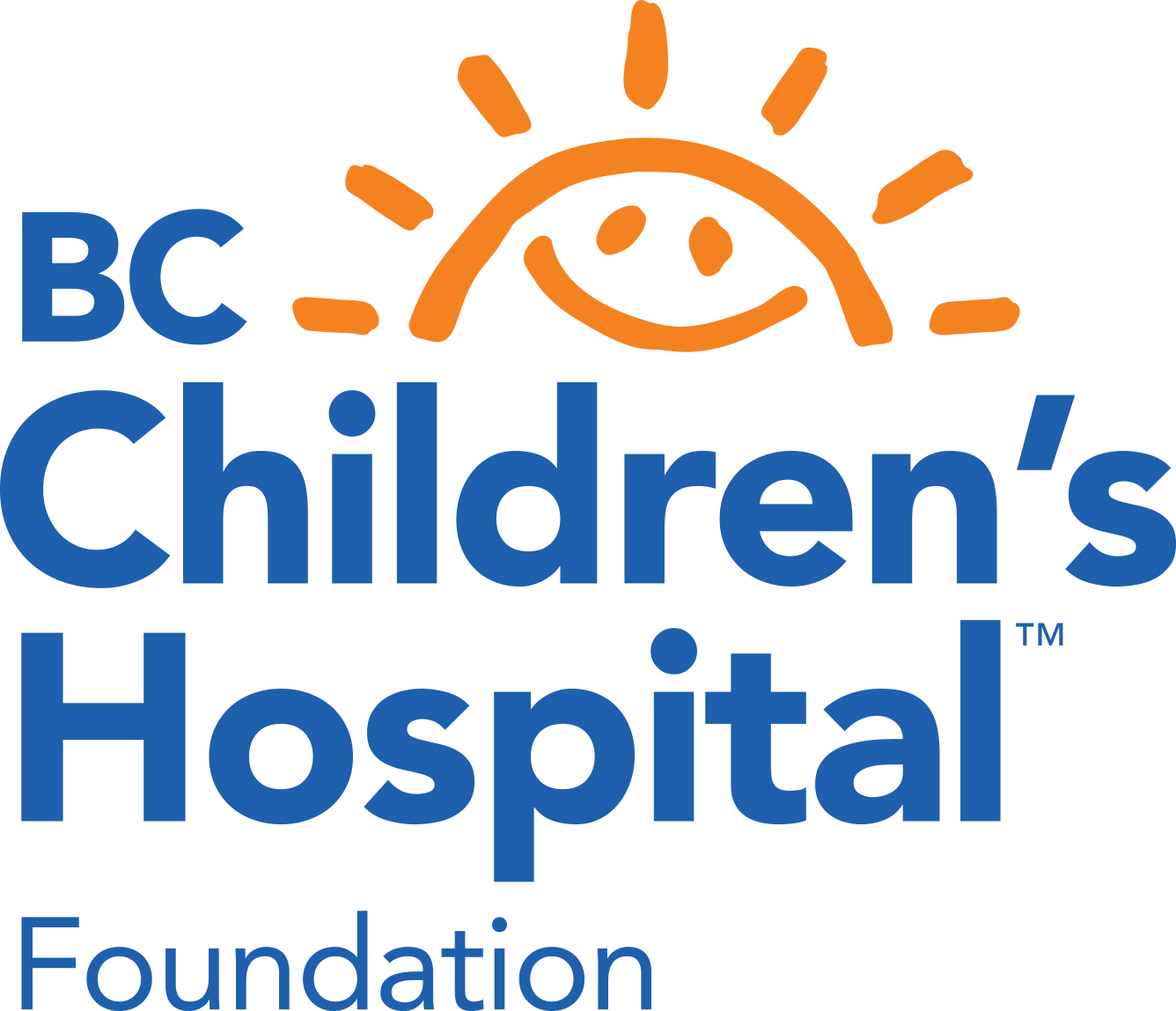
Supporting the mental health and well-being of children and youth is a shared effort between home, school, and community. Schools are a big part of children and youth’s lives and play an important role in supporting wellness.
The start of a new school year can sometimes be a stressful time for children, youth and families. For people of all ages, stress often comes with big feelings that can make tasks feel difficult. How we handle stress and big feelings can help support mental health and well-being, even when things are challenging. This can be helped by strong communication.
Below are some key points and resources that can help with managing stressful situations.
1. Communication is important. It includes behaviours, not just words. When we can notice that behaviour might be a sign of stress, and can be curious about what’s going on, it is easier to be patient with our kids and ourselves.
As children grow and change, keeping communication open within families and between home and school is key. This includes talking about mental health, ways to cope with stress and the things young people want to do in their lives. Language Matters: Understanding Mental Health and Substance Use, A Resource for Families and School Communities is a great resource to help support open and kind conversations.
Behaviour is a way people communicate and can mean different things depending on the situation. It is a way of expressing thoughts, feelings, and intentions. In the Parenting Challenging Behaviours in Children webinar, Dr. Janet Mah shares tips to help manage challenging behaviours. Being curious is an important part of healthy communication and can lead to strong relationships within your home and between home and school.
Understanding that each person (including yourself) is doing their best with the resources available to them can help make challenging interactions more neutral and help us see different points of view.
2. Perspective can help you stay calm when things are stressful.
When communicating with your children or school staff, being able to think about things from different points of view, and supporting children and youth to do the same, is a valuable skill. Being curious about people’s behaviours and your reactions to them can provide opportunities to practice recognizing and naming feelings in yourself and your children.
In this Where You Are podcast episode on School Anxiety, Dr. Alex DiGiacomo talks about “zooming out” to help keep challenging times in perspective. When talking to your child, keep in mind that home is where young people often feel safest to share their stress in ways that parents might see as challenging behaviour.
When we talk through these times in ways that name our feelings, show that stress is something that happens to everyone and that we can get through together, and model calm behaviours, our children will learn these skills too.
3. Supporting resilience through stress is a community effort. You are not alone.
Resilience means being able to access resources—both inside us, from our families, and from the community—to get through challenges without lasting harm. There are lots of different ways that we can nurture children’s resilience. Dr. Angela Low shares ideas in the Back to School: How To Promote Resilience and Set Your Kids Up For Success- Webinar Recording.
In times of stress, it can be especially helpful to know who you can reach out to for help. Parenting can be challenging, and resources like Kelty Mental Health’s Empowered Parenting may help. Connecting with other parents through the Family Peer Support program is one way to help build a supportive network. Schools can also provide suggestions and resources to help ensure support between home and school.
Keeping strong relationships with schools can sometimes feel challenging because they are supporting so many students and families. By asking questions when something is causing your child stress, staying curious about what might help, and remembering that we are all working together, you can help keep the doors of communication open between home and school.
The more we connect with each other and with community resources, the stronger and more resilient our communities become, and the healthier our children will be during back to school and beyond.
Looking for more information to support your child with the back to school transition? Check out this Back to School Wellness Toolkit from BC Children’s Hospital.
Author Bios
Shirley Giroux, PhD, is a Registered Clinical Counsellor and the elementary and secondary school counsellor in Valemount, BC. She serves on the BC School Counsellors Association Executive as the VP for wellness. She lives in Tête Jaune Cache, BC on the traditional unceded territory of the Simpcw and Lheidli T'enneh peoples.







